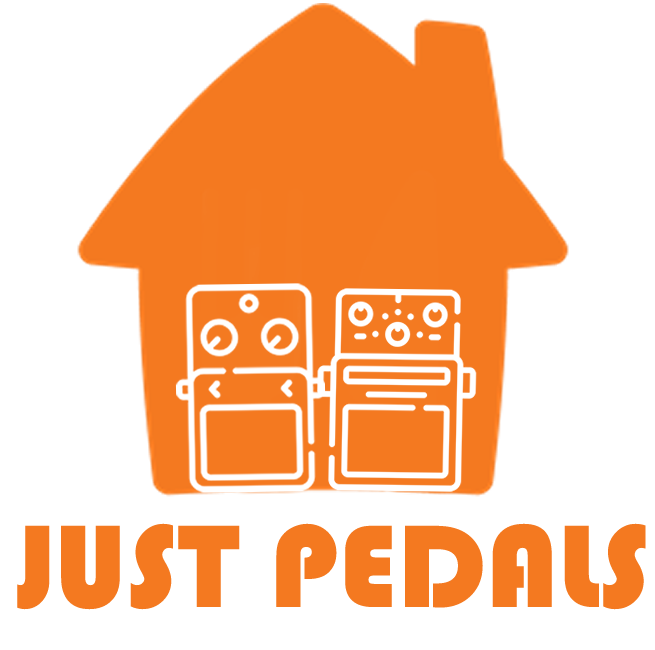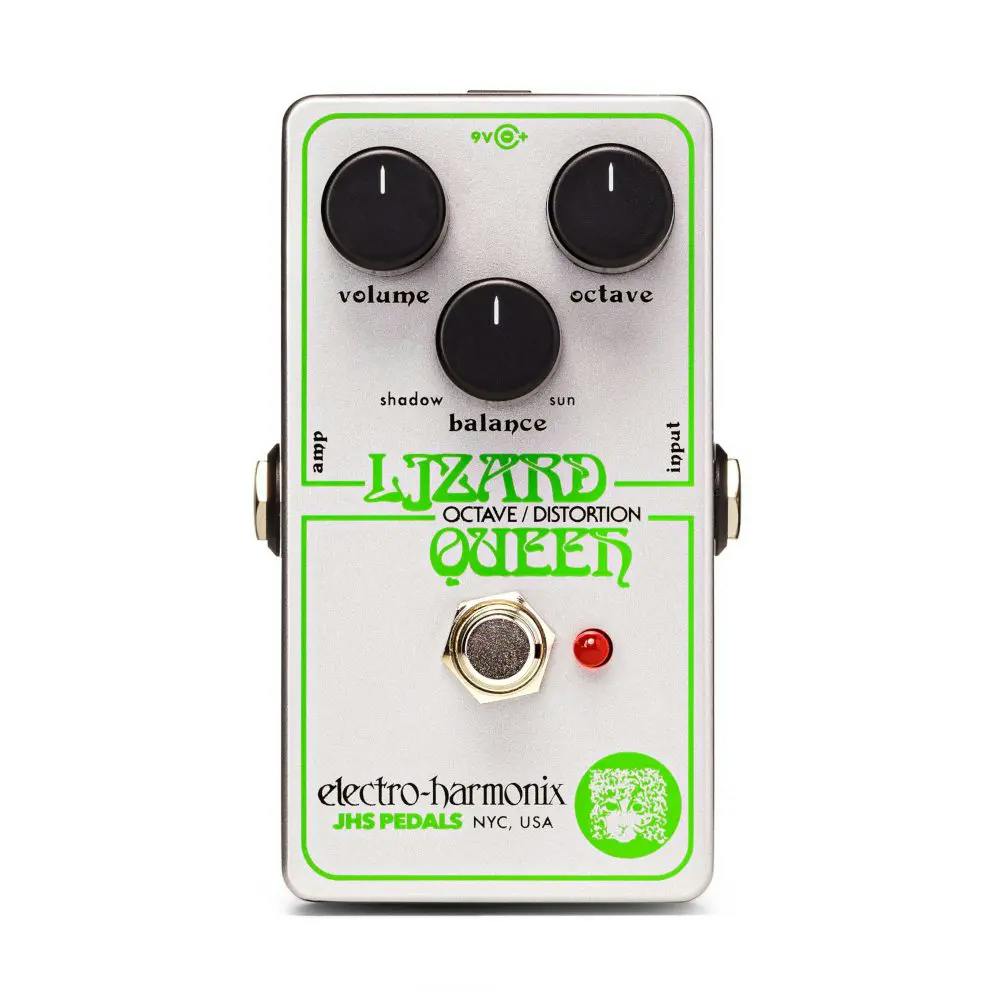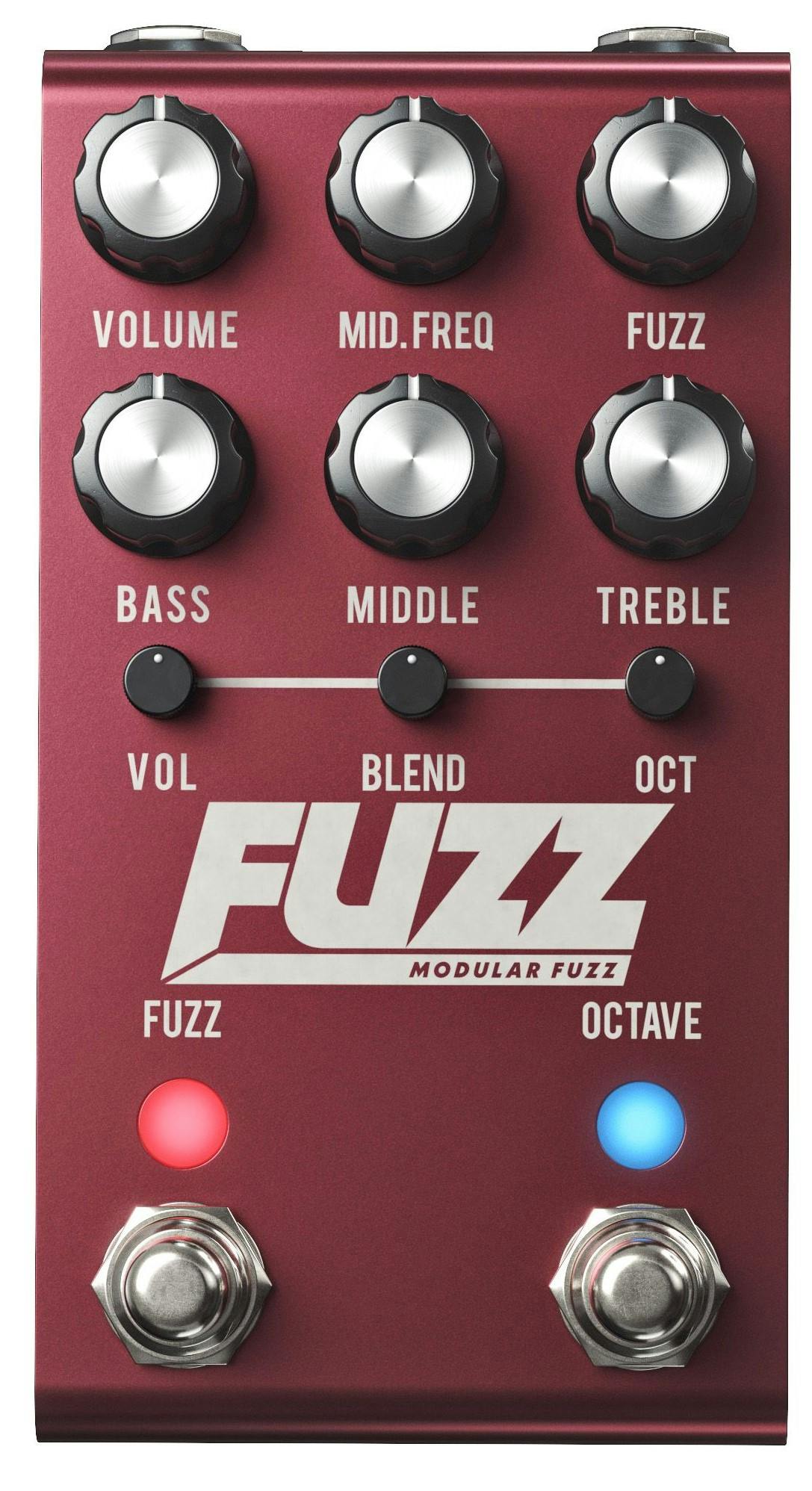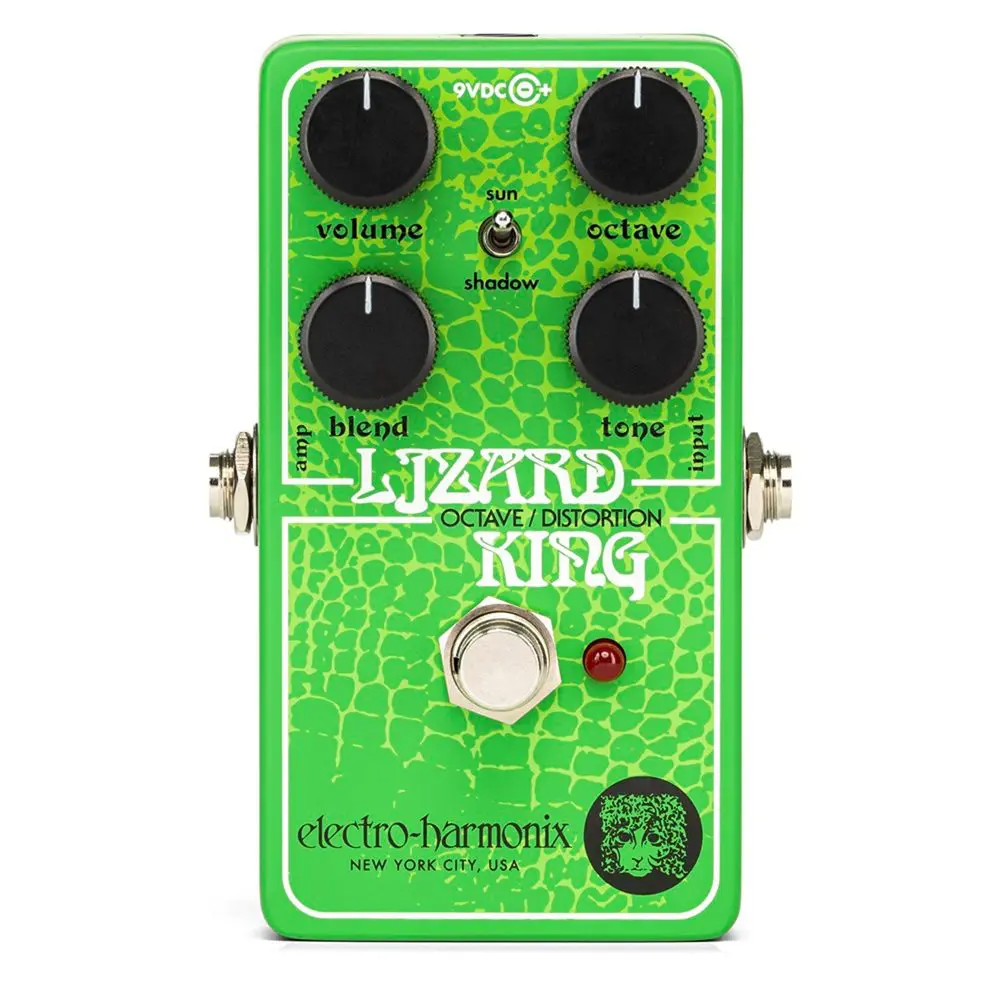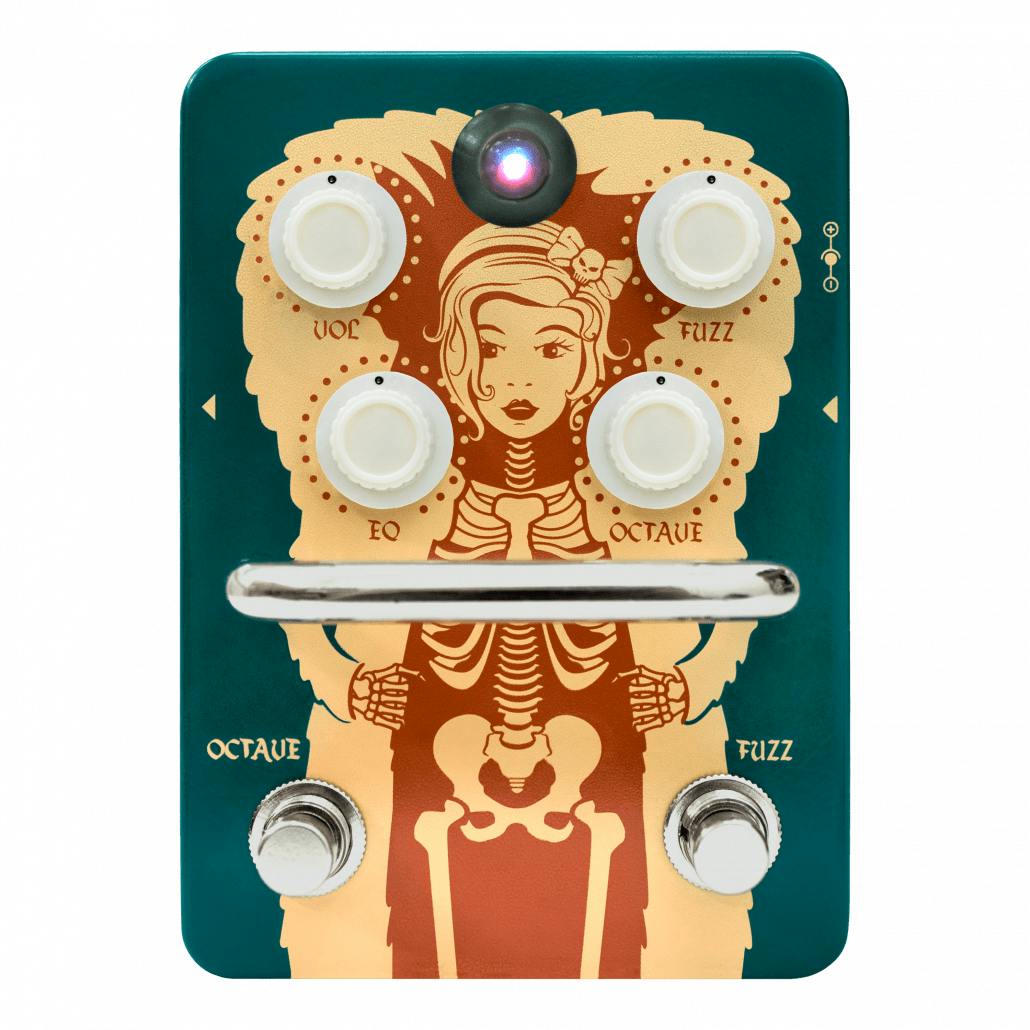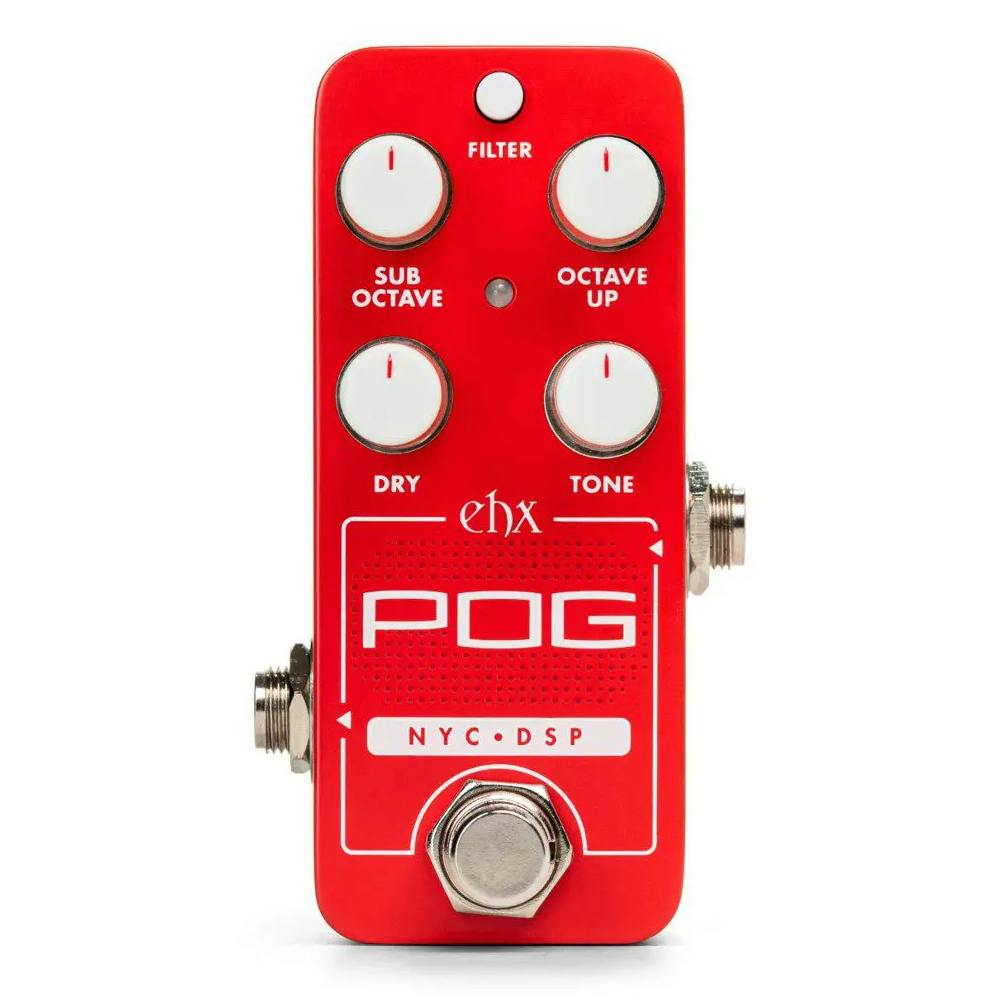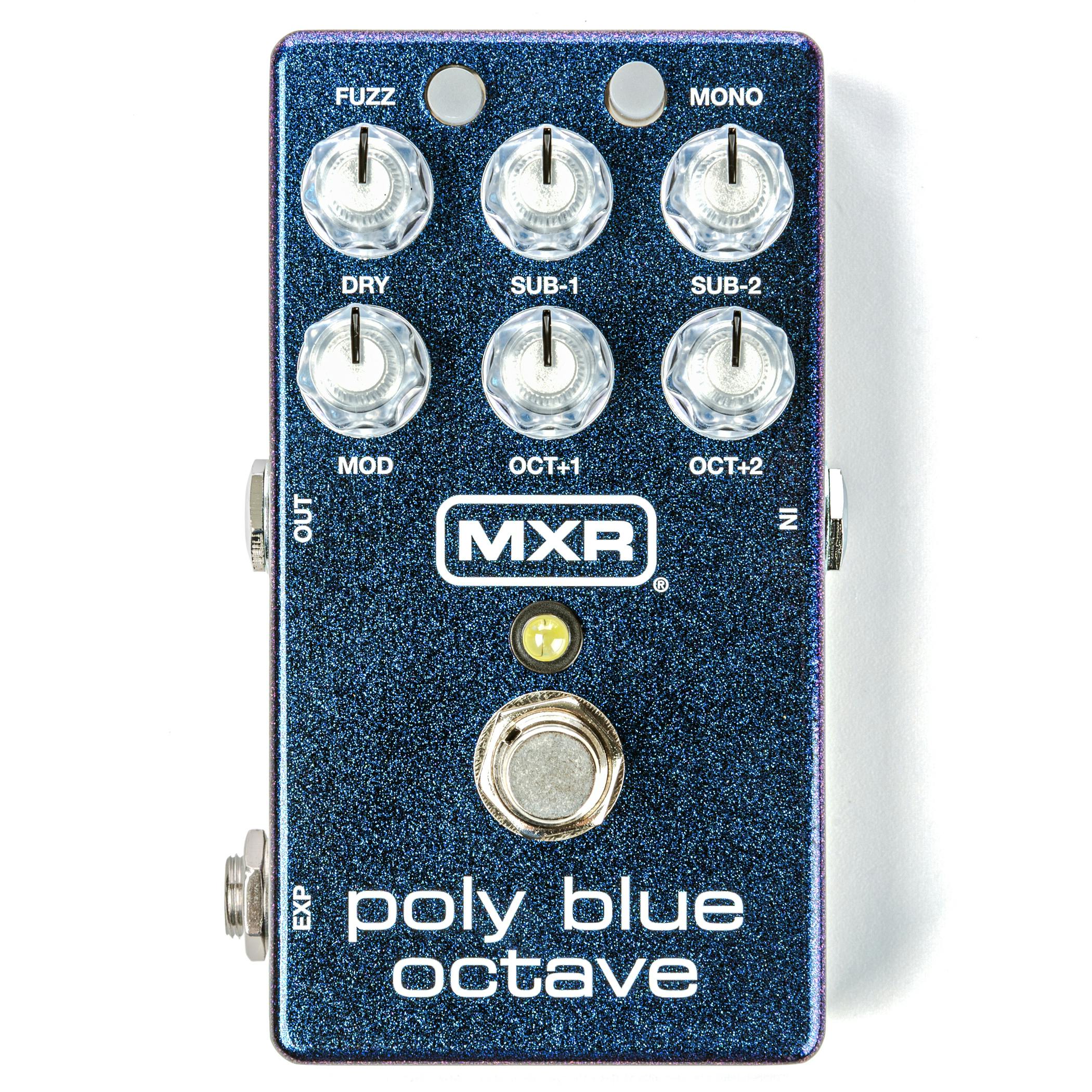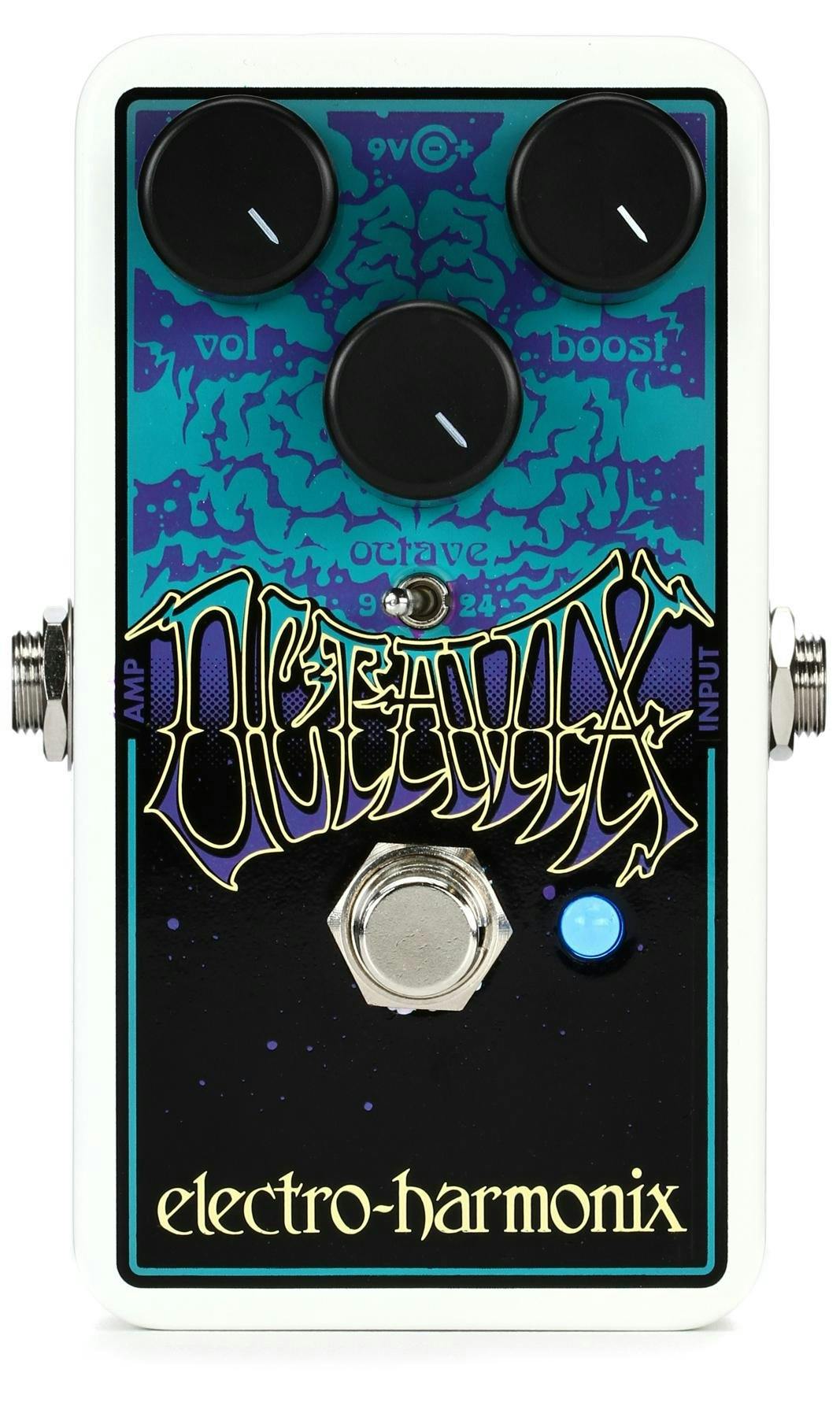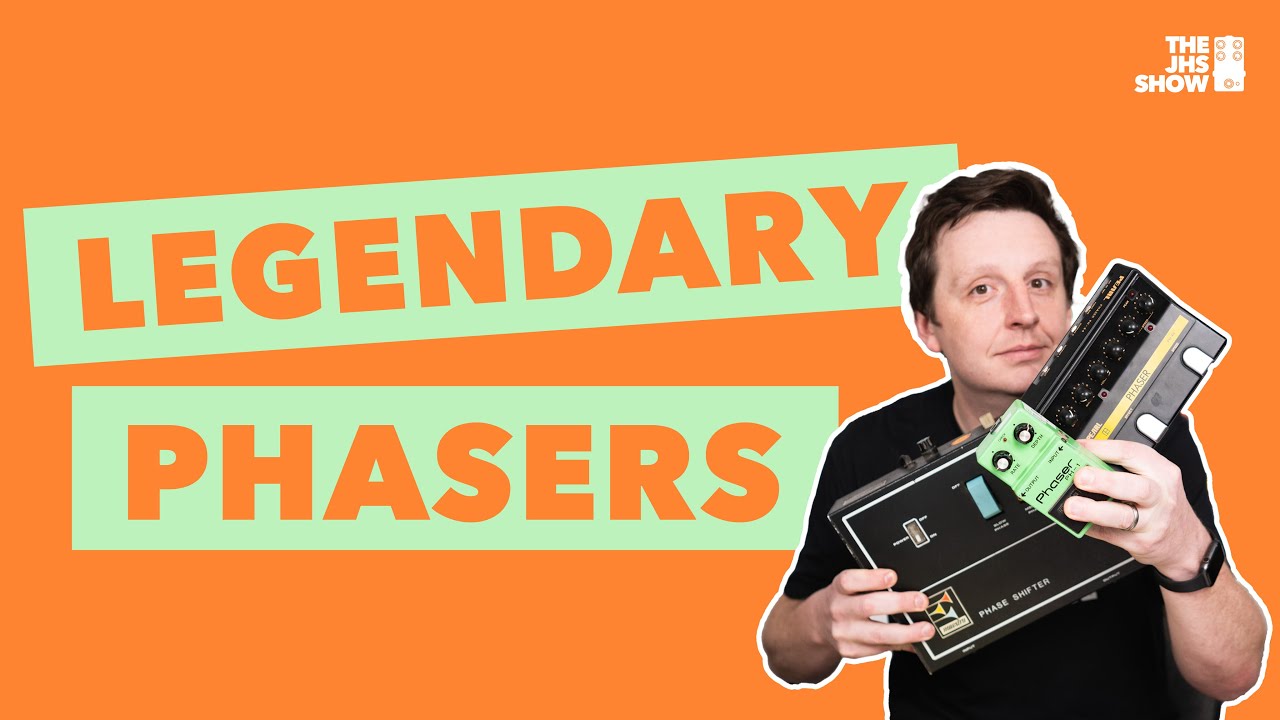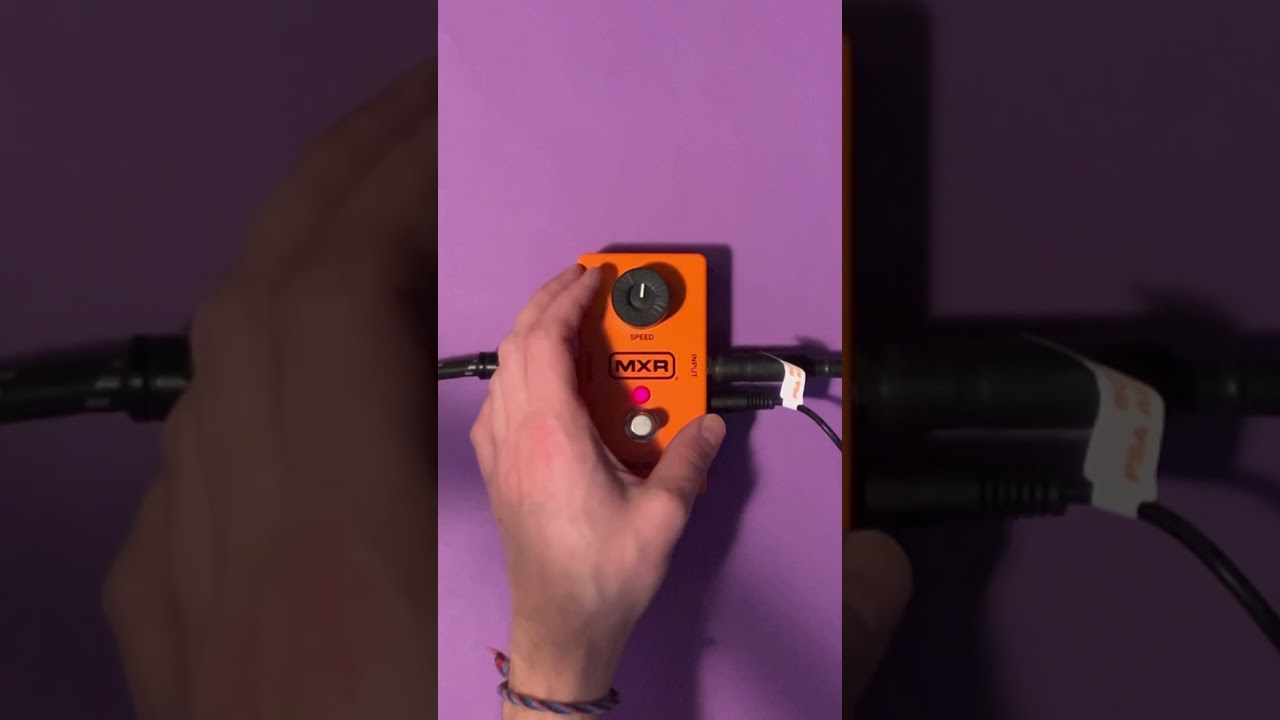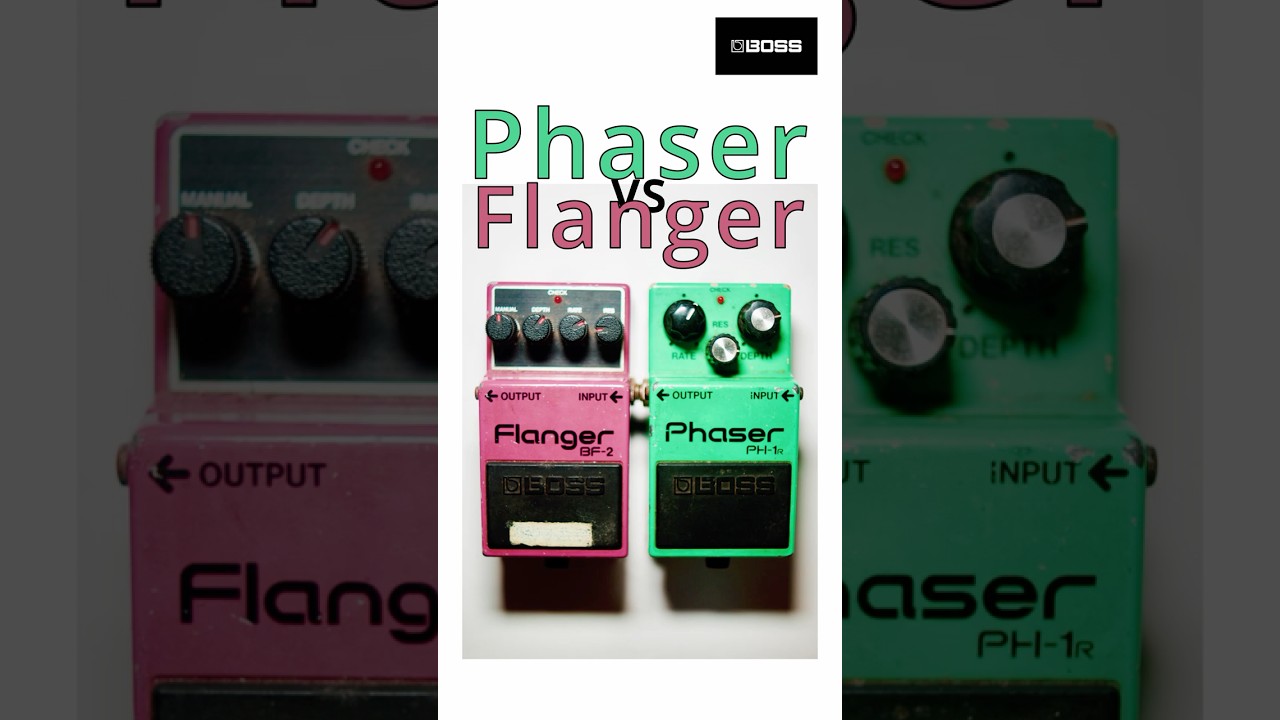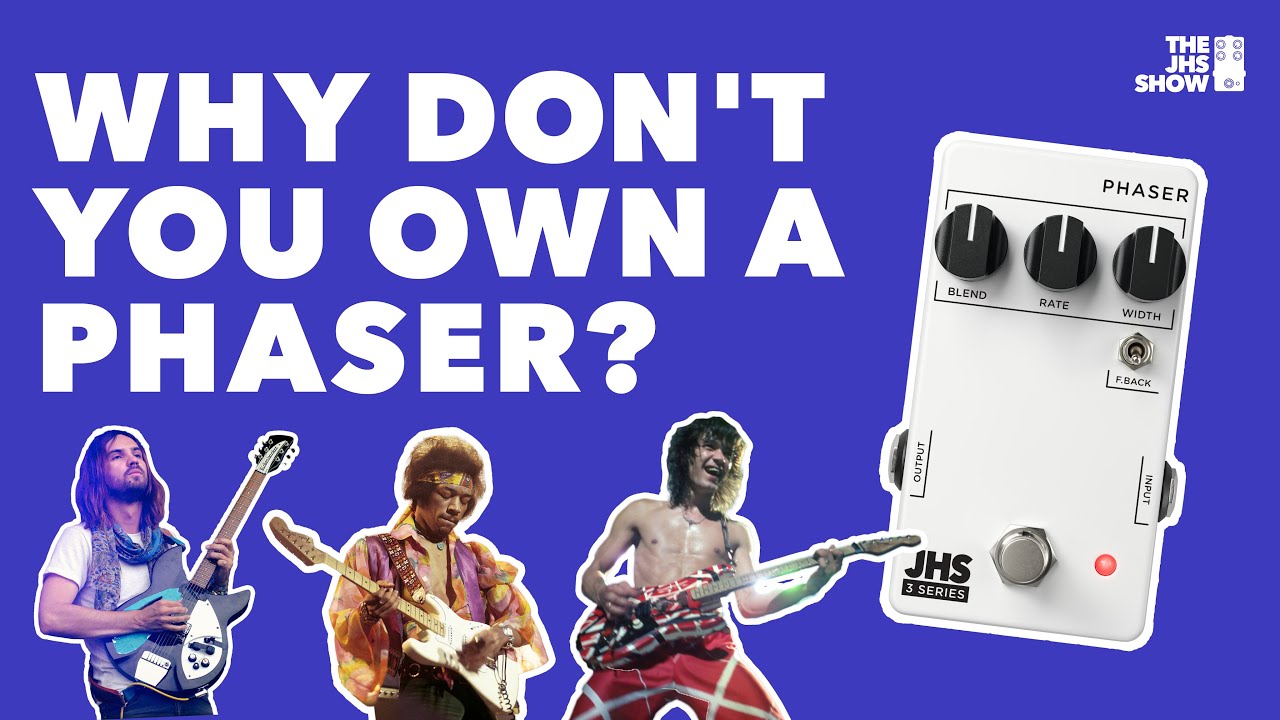Description
The Electro Harmonix JHS Lizard Queen Octave Fuzz Distortion Pedal is currently retailing at £84.99 and it is in stock. Available to be delivered to you by post direct (some charge may apply).The team at Just Pedals think that Electro Harmonix,JHS Pedals nailed it with the Electro Harmonix JHS Lizard Queen Octave Fuzz Distortion Pedal.
Originally designed by Josh Scott of JHS Pedals and graphic designer, Daniel Danger as a homage to Electro-Harmonix in what Josh and Daniel consider the company’s design heyday of the 1970s, the EHX Lizard Queen Octave Fuzz is a nano-sized version of the pedal brought to life by the engineers at Electro-Harmonix that has all of the tones and vibes of the original circuit design by Josh. The tone is inspired by EHX’s fuzz pedigree with a unique analog octave up circuit that has all the vibe of the original design first featured on the JHS Show in 2022. This creates a completely new and unique EHX fuzz sound we’ve never heard before. To further tell the tale, the pedal is adorned with vintage EHX-inspired graphics designed by Daniel.
[video_12]
Housed in EHX’s Nano-sized chassis, the EHX Lizard Queen is a fixed gain fuzz pedal which features Volume, Octave, and Balance knobs. Volume controls the overall output volume level. The Octave control adjusts the level of the octave-up signal from zero to full octave chaos. Perfect for dialing in a crushing rhythm sound or a chimey, clanging lead sound. The Balance knob sets the tone balance between the smoother Shadow setting and the raspy, biting Sun setting. The effect of the Balance control is especially apparent with the octave set high.
Key Features
- Unique transistor-based octave fuzz distortion circuit designed by Josh Scott
- Blendable Octave to dial in the analog octave chaos
- Balance control adjusts between smooth sustaining tones and raspy fuzz tones
- 1970s Electro-Harmonix graphic designed by Daniel Danger
- True Bypass
- 9V Battery included (9V adapter optional)
Specifications
- Circuit: Analog
- Bypass: True Bypass
- Audio: Mono
- Power Supply: 9V battery included (optional 9.6VDC-200mA power adapter not included)
- Dimensions (in): 4.5 x 2.75 x 2.1
- Current Draw: 5mA
